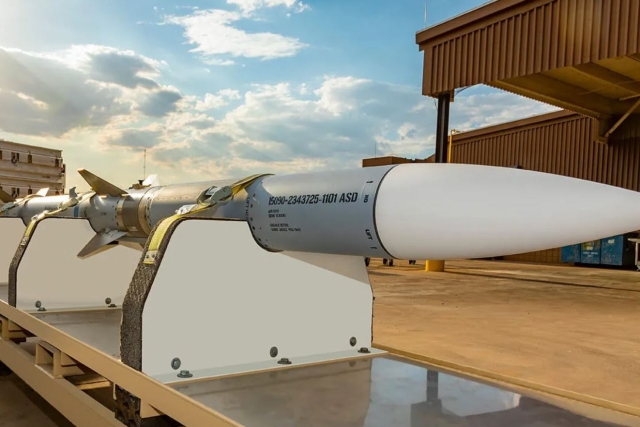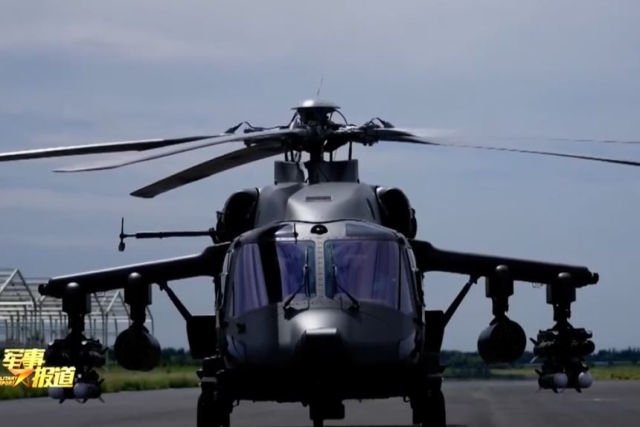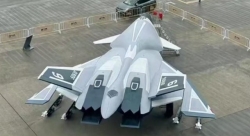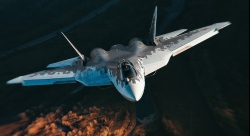US Homeland Air Defense Faces Fighter Shortfall
The Air Force faces two challenges to sustaining its Air Sovereignty Alert (ASA) capabilities over the long term—(1) replacing or extending the service life of aging fighter aircraft and (2) replacing ASA units with equipment and trained personnel when they deploy. For example, if aircraft are not replaced by 2020, 11 of the 18 current air sovereignty alert sites could be without aircraft. The Air Force has not developed plans to mitigate these challenges because it has been focused on other priorities. Plans would provide the Air Force information that could assist it in ensuring the long-term sustainability of ASA operations and the capability of ASA units to protect U.S. airspace. F-15s and F-16s are aging aircraft that cost more to maintain as they age. Of the 18 ASA sites, 12 are currently equipped with F-16s, which will reach the end of their useful service lives between fiscal years 2015 and 2020. One option is to replace the F-16s with either F-22s or F-35s, both of which the Air Force is acquiring. However, according to the current F-22 and F-35 fielding schedules, only 1 of the 12 units—Shaw AFB, South Carolina—will receive the new aircraft before its fleet of F-16s reaches the end of its useful service life. The House report accompanying the National Defense Authorization Act for Fiscal Year 2008 directed the Secretary of the Air Force, in consultation with the Chief of the National Guard Bureau and the Secretary of Homeland Security, to conduct a study on the feasibility and desirability of equipping certain ASA units with F-35s. Another option for the Air Force is to replace the F-16s with some of the more modern F-15 models. However, F-15s, like F-16s, are beginning to reach the end of their useful service lives. Also, all F-15s, including those flown by five ASA units, were grounded for 3 months in late 2007 and early 2008 after an F-15 broke apart during a normal flying operation in November 2007. The Air Force found a structural problem in one of its F-15 models and retired the aircraft that they found with structural problems. The remaining F-15s returned to service by spring 2008, but Air Combat Command officials told us that in light of the accident and subsequent grounding they are concerned about the number of F-15s that will be able to remain in service and meet the Air Force’s operational needs up to their scheduled retirement date in 2025.










